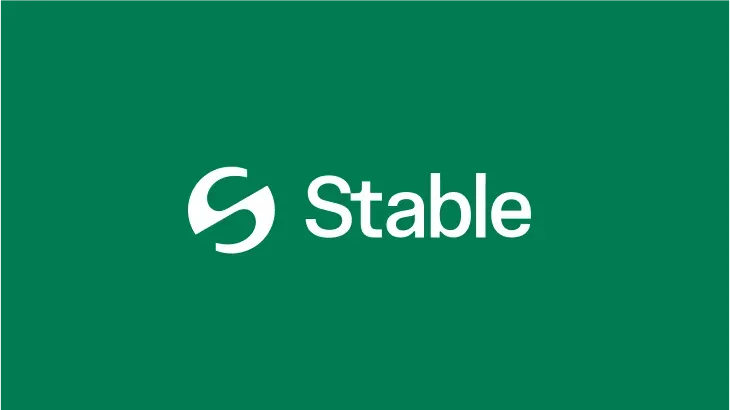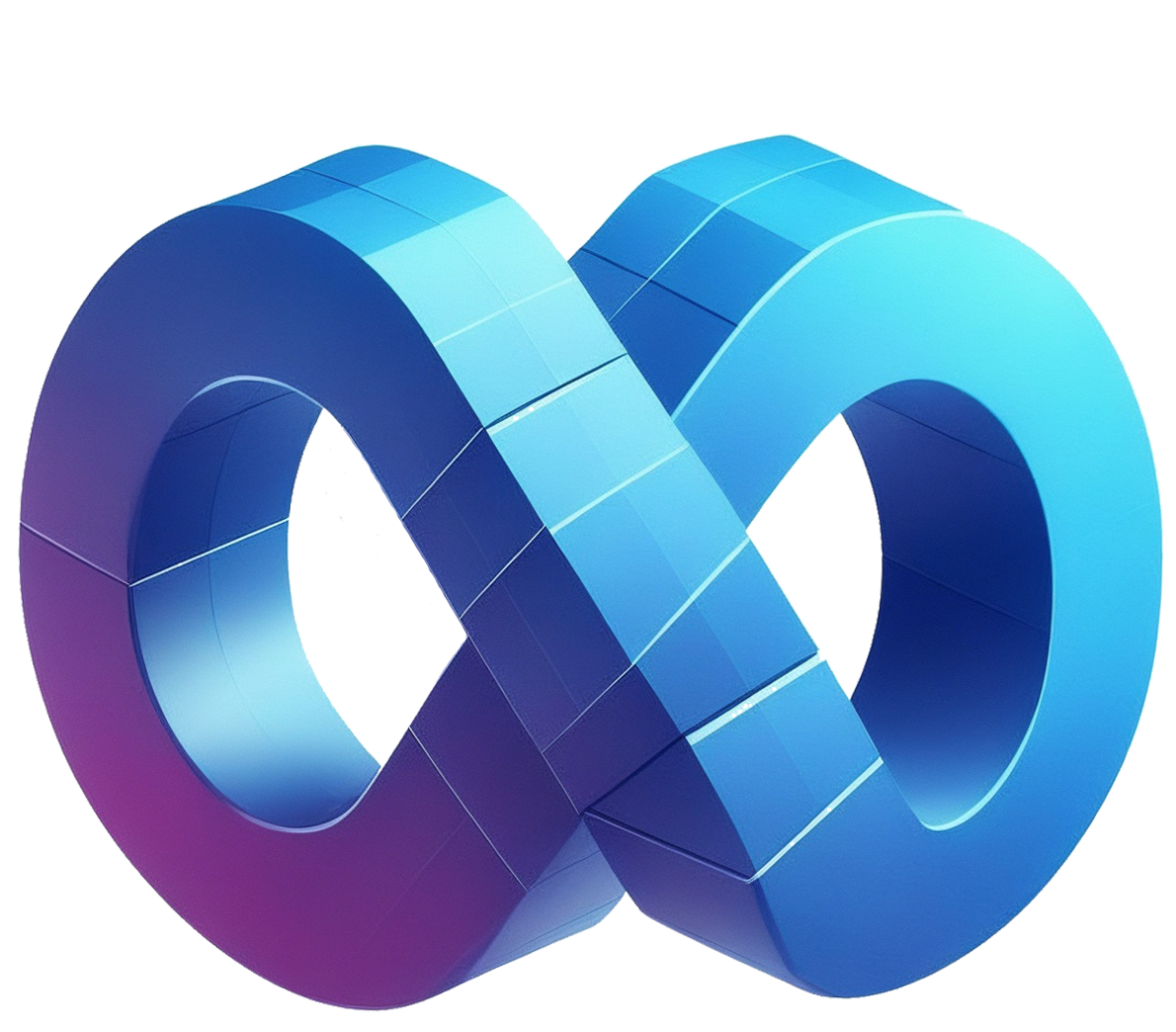Stable Blockchain Launched as Layer 1 Powered by Tether’s USDT

Tether’s USDT, the leading stablecoin by market value, is now the backbone of a new Layer 1 blockchain named Stable, unveiled on July 1, 2025. Branded as a “stablechain,” this blockchain leverages USDT as its native token for gas and settlement fees, aiming to streamline digital transactions.
The project, supported by crypto exchange Bitfinex and the LayerZero based USDT0 token, seeks to redefine stablecoin infrastructure by addressing inefficiencies in existing blockchain systems. With features tailored for both retail and institutional users, Stable positions itself as a transformative force in the crypto ecosystem.
Stay In The Loop and Never Miss Important Crypto News
Sign up and be the first to know when we publishA New Era for Stablecoin Infrastructure
Stable is designed to tackle longstanding issues in blockchains, such as unpredictable fees, slow settlement times, and complex user experiences. According to the project’s announcement, the blockchain is engineered to maximize the potential of stablecoins, ensuring transactions are faster, more cost-effective, and reliable. The network boasts sub-second block finality, full Ethereum Virtual Machine (EVM) compatibility, and integration with USDT0, a decentralized token pegged to USDT that enables gas-free transactions. These features aim to simplify the user experience while maintaining the stability and trust associated with Tether’s USDT, which commands a circulating supply of 157.7 billion tokens.
The blockchain’s native Stable Wallet enhances accessibility by offering social login, debit/credit card integration, and human-readable wallet aliases. These user-friendly features cater to a broad audience, from casual users to enterprises, fostering greater adoption of stablecoin-based payments. For institutional clients, Stable provides specialized tools like guaranteed blockspace allocation, batch transaction processing, and confidential transfer options that balance privacy with regulatory compliance. The project’s documentation emphasizes its goal of creating a robust infrastructure that supports global financial inclusion and operational efficiency.
Stable’s roadmap outlines a phased approach to development. Phase 1, already underway, focuses on establishing the core network and its USDT-powered ecosystem. Phase 2 will introduce optimistic parallel execution to boost transaction throughput and add enterprise-specific features. Phase 3 will prioritize developer tools and refinements to the blockchain’s consensus model, though details about the consensus mechanism remain undisclosed. This strategic evolution underscores Stable’s commitment to scalability and innovation in the stablecoin space.
Backed by Bitfinex and USDT0, Stable emerged from stealth in June 2025, with Tether CEO Paolo Ardoino publicly praising the team’s efforts. Bitfinex’s involvement extends to its recent $3.5 million investment in Plasma, another stablecoin-focused EVM-compatible sidechain aimed at eliminating USDT transaction fees. While the Stable team’s composition is not fully disclosed, its close ties to Tether and Bitfinex signal strong industry support. The blockchain also offers specialized software development kits (SDKs) to empower third-party developers to build stablecoin-centric applications, further expanding its ecosystem.
The launch of Stable coincides with heightened regulatory scrutiny of stablecoins in the United States. Lawmakers are advancing the GENIUS Act, a legislative framework to regulate the stablecoin market, reflecting the sector’s growing significance. With USDT’s unmatched transaction volume and market dominance, Stable is well-positioned to capitalize on this momentum.

